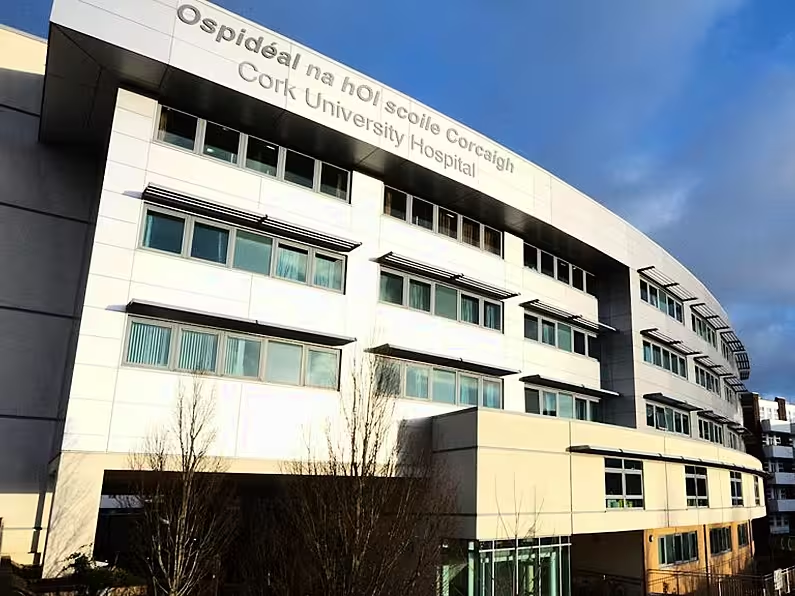James Cox
A new programme is set to monitor people's poo to detect Covid-19 from May.
A national wastewater monitoring programme has been set up to monitor the prevalence of Covid in communities.
It will measure for the presence of Covid-19 at 68 catchment areas across the country.
The system has been used in other countries to efficiently track the prevalence of the virus in local areas.
Ireland has over 1,100 public wastewater catchment areas where wastewater is collected and conveyed for treatment, so it would not be practical nor feasible to undertake surveillance in each of these.
Consequently, to address this issue, and to ensure the programme captures as broadly as possible the position across the country, 68 wastewater catchment areas, covering each county in Ireland, were identified and selected.
This will “ensure the largest population centres are captured, and a comprehensive national environmental early warning surveillance system will be established".
Professor Wim Meijer, UCD School of Biomolecular and Biomedical Science, lead investigator said: “The pilot study, funded by SFI and the Ireland Wales Programme 2014 – 2020 through the European Regional Development Fund, involving three wastewater treatment plants showed a very close correlation between the presence of the SARS-CoV-2 genetic material and the daily number of new Covid-19 cases. This demonstrates the usefulness of wastewater surveillance as a SARS-CoV-2 early warning system.”
Commenting Dr John Cuddihy, Director of Health Protection Surveillance Centre (HPSC) said: “Monitoring wastewater for evidence of SARS-CoV-2 is an internationally recognised tool in many Governments’ efforts to assess the rate of infection across the population, both as a whole and within individual communities.
“Analysis of SARS-CoV-2 genetic material in wastewater captures both symptomatic and asymptomatic people. As such, it helps evaluate how effective specific public health measures are, and can be an important early warning sign of increasing SARS-CoV-2 activity in the community. It can also help inform those locations in which increased and enhanced SARS-CoV-2 testing and preventative measures might be of benefit.”













